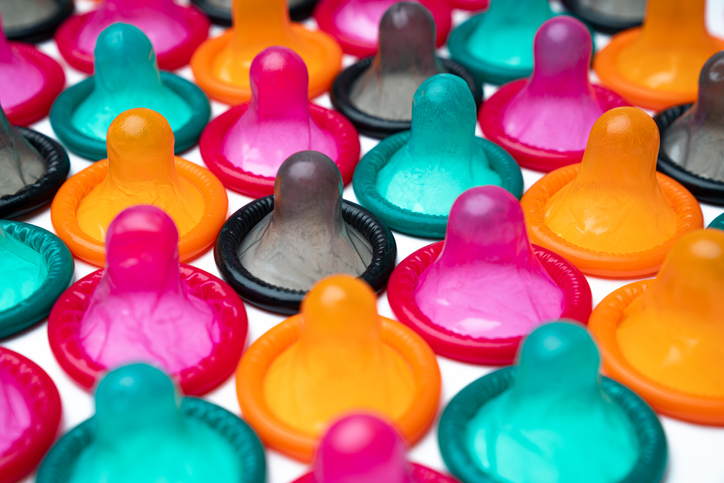
Source: Kay Seyffarth / EyeEm / Getty
Condoms reduce the risk of every STD, and when used correctly can prevent pregnancy 98 percent of the time. Even though condoms are quite effective, the CDC found that nearly a quarter of people who they interviewed for a survey hadn’t used a condom in the previous four weeks. Maybe you fall into that category. And maybe it’s you who is leading the charge on that choice, or your partner(s). It’s no secret that men don’t like wearing condoms. Probably every sexually active woman in the world has dealt with a man who tried to get out of using them and had a list of ridiculous reasons that he thought were logical. A lot of men will risk a life-changing event such as an incurable STD or pregnancy all for a little extra, fleeting satisfaction. It’s such a major issue that Bill Gates recently funded the creation of an ultra-thin condom, designed to not interfere with pleasure.
Perhaps people would be more prone to using condoms if they knew more about the various types. So many of us just know about the standard latex ones handed out in candy dishes at Planned Parenthood or sold discreetly in small boxes behind the cash register at the gas station. But the world of condoms has come a long way since your middle school sex ed class. Not every condom is right for every person, so exploring the different varieties could help you find a type that allows you to enjoy sex the most. Educating yourself on all the wide variety of this product also helps you understand your risks with each one. Here’s a look at the many condom types out there, and their pros and cons, starting with the one you all know the most.

Source: thianchai sitthikongsak / Getty
Latex male condoms
Pros: Most effective against STDs and pregnancy
Cons: Can reduce sensitivity or cause allergic reactions
Latex male condoms are the most common type of condom you’ll find at major retailers, and the most effective at protecting against pregnancy and STDs when used correctly. Keep in mind that some STDs like genital warts and HPV can be spread from skin-to-skin contact, so condoms cannot always protect against those. They’re best for STDs spread through fluids. Latex condoms are very affordable, averaging 50 cents to a dollar each, and can be even cheaper when purchased in bulk (just make sure you use them all in a good time so they don’t expire – a common condom mistake). Not everyone can use latex condoms, though, as research has found latex allergies are rather prevalent and can cause unfortunate side effects like itchiness, scratchy throat, and even difficulty breathing.


